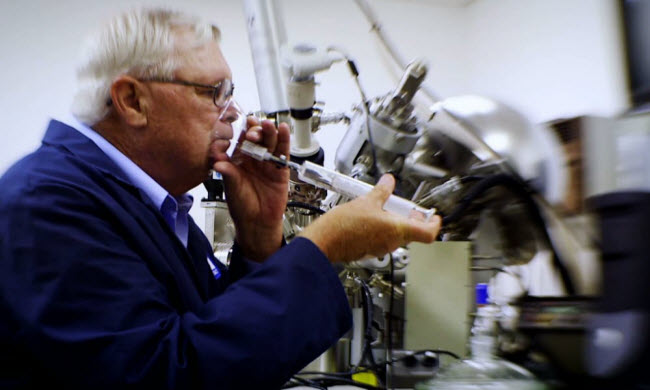NASA, known for its pioneering work in space science and exploration, stands as one of the foremost scientific institutions globally. With thousands of scientists, engineers, geologists, and technicians contributing their expertise to various space exploration programs, NASA is at the forefront of studying planets and monitoring Earth. Amid this vast array of experts, there is one individual named George Aldrich, who heads a unique team with an unusual role: sniffing everything that will go into space, whether inside the spacecraft or accompanying the astronauts. He holds the authority to approve or deny these materials for flight. While some might dismiss this role, it is crucial for ensuring the success and safety of space missions.
George Aldrich has been with NASA for nearly 50 years, holding a position sometimes referred to as the “Chief Sniffer” or “NASA’s Nose.” Despite not being a chemist or having attended university, Aldrich began his career at the White Sands Test Facility in New Mexico in 1973, right after graduating high school. His father worked there and informed him about temporary job openings. Aldrich left his previous job to take one of these temporary positions, eventually becoming a firefighter at the facility. His work as a firefighter led him to join the pioneering team of scent testers at NASA, and over the years, he has risen to lead this team.
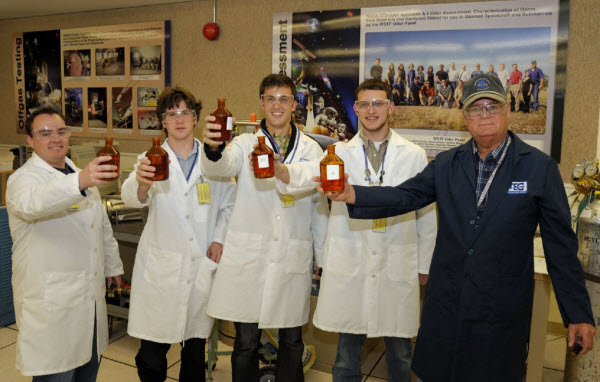
According to Aldrich, this peculiar job began primarily after the Apollo 1 disaster in 1967, which claimed the lives of three astronauts. In response to this tragedy, NASA decided to conduct manual tests on materials used in the Apollo missions in natural environments and with 100% oxygen. Test 1, in NASA’s terms, assessed flammability; Test 7 examined toxicity, including substances like shaving creams and gels used by astronauts. Test 6, which is the focus of this article, evaluated odors, as unusual or unpleasant smells are early indicators of potential issues in the surrounding environment. Certain odors can also cause adverse health effects such as headaches, congestion, nausea, and drowsiness. Since astronauts work and live in confined spaces, they need protection from any unpleasant or harmful odors during their missions. For instance, the Russians once aborted a space mission shortly after launch due to a foul smell in their capsule. Aldrich and his team are tasked with smelling materials and certifying whether they are odor-free or potentially harmful to astronauts.
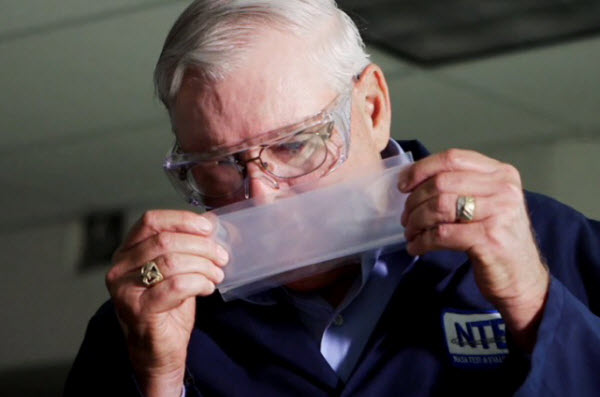
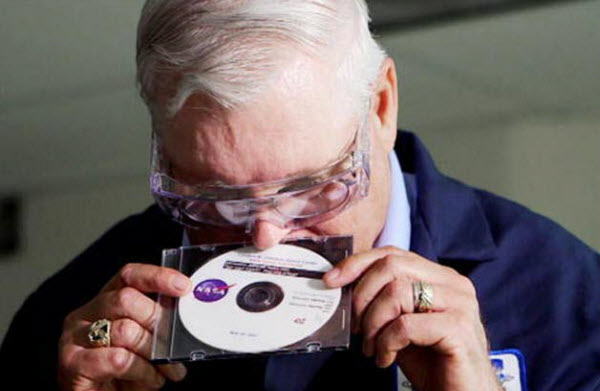
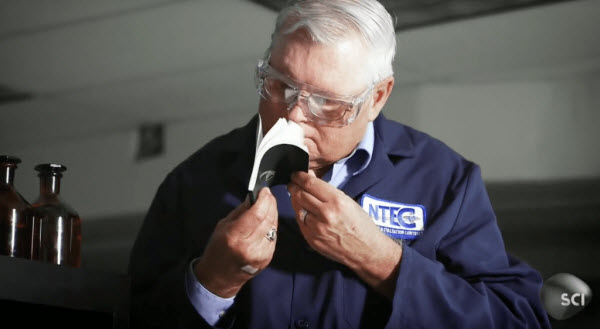
Like any sense, the sense of smell can become less effective if overstressed. Aldrich explains that NASA is aware of this and has assigned a nurse to their worksite to check their noses and throats daily before they enter the labs to start sniffing. If a team member shows signs of a red nose or sore throat, the nurse advises against working until they recover. The remaining team members continue their work under strict rules: they must not see the materials, whether books, equipment, fabrics, toothpaste, pens, or others, before smelling them. They enter the lab with their eyes covered to avoid being influenced by the appearance of the items. Aldrich recounts an instance when he smelled a material covered in a candy-like odor. After giving his assessment, he later discovered it was a material intended for the design of new space suits for extravehicular activities. After completing their daily work, the nurse returns to recheck the participants’ noses and throats to determine if the material caused any adverse effects.
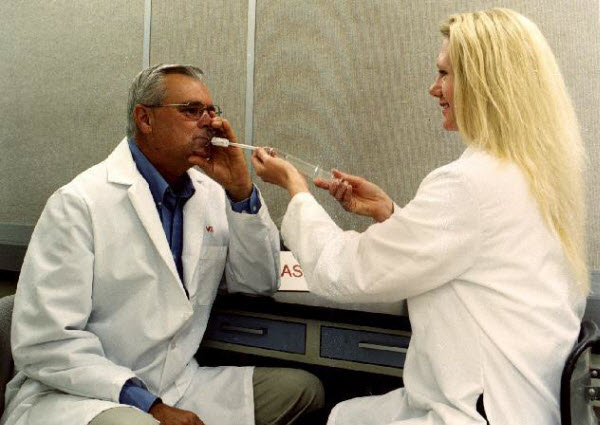
To assess the odor of these materials, experts use a scale from 0 to 4, where 0 indicates no odor and 4 denotes an extremely strong odor. Aldrich mentions that five people smell each material three times and give their rating. If a material scores higher than 2.5, it fails, and NASA is informed that it exceeded the acceptable rating. However, failing the odor test does not necessarily mean the material is entirely disqualified from space travel. If the material is deemed essential and cannot be excluded, NASA employs various techniques to minimize the odor to a level acceptable for travel. If it is not critical, the recommendation from the odor lab leads to its exclusion. NASA prefers human testers over dogs or electronic noses for this task, as humans are better indicators of how something will affect an astronaut. Aldrich explains that dogs cannot describe what a smell is like, and while electronic noses can detect specific chemicals, they cannot report if something leaves a bad taste in the back of the throat or in the nose.
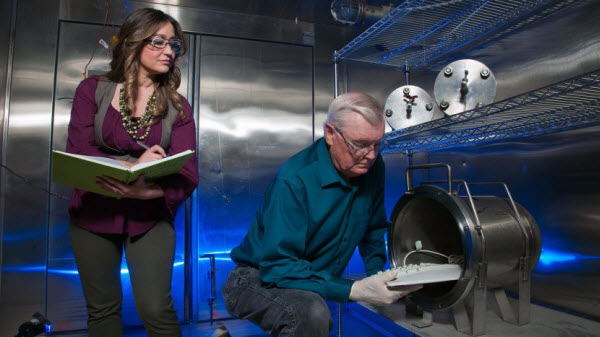
Over nearly 50 years in the role, Aldrich has encountered some intriguing odors. He notes that the unpleasant smells from astronauts are among the most challenging he has experienced due to bloating in their stomachs during flights, leading to unpleasant odors from their use of the toilet in confined spaces and their body secretions due to lack of bathing throughout the mission, compounded by the lack of gravity. However, he adds that these were not the worst odors. Sometimes, a material on Earth might have a mild odor and be approved, but once it reaches space, it can emit a repulsive smell. Aldrich recalls NASA sending some Velcro straps for testing, with the expectation that the smell would dissipate over time. However, upon reaching space, one astronaut opened the straps, releasing very unpleasant odors, with one rated at 3.6 and another at 3.8 on the scale, indicating they were extremely off-putting.
